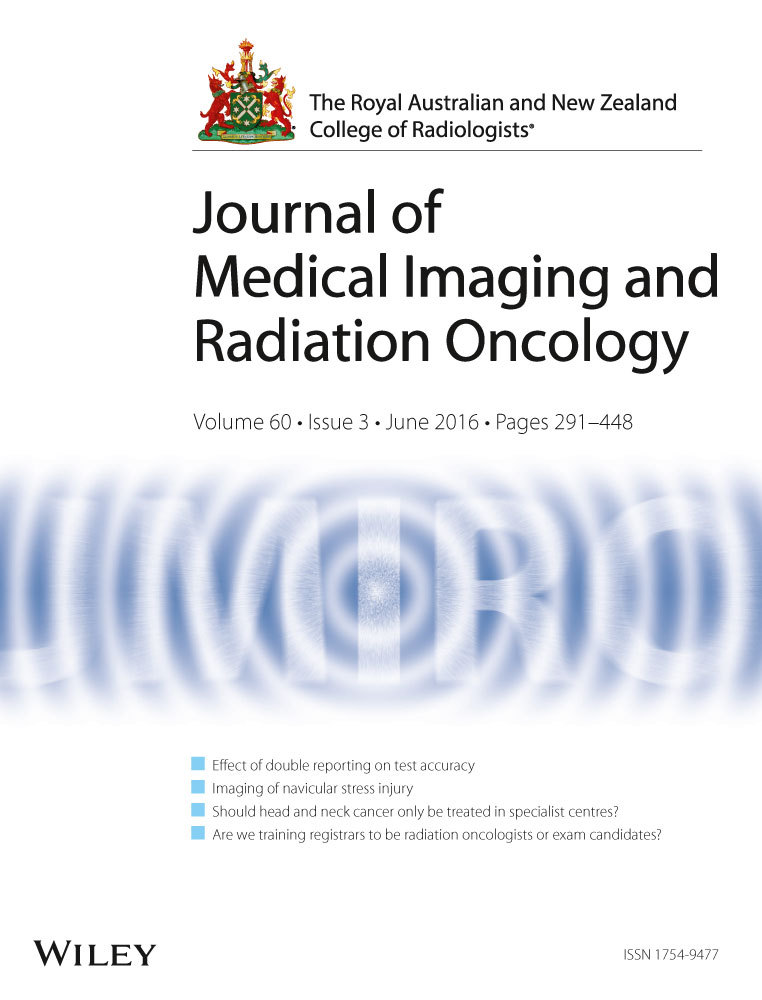18F-FDG PET–CT performed before and during radiation therapy of head and neck squamous cell carcinoma: Are they independent or complementary to each other?
Abstract
Introduction
The aims of this study are to evaluate the prognostic value of metabolic parameters derived from 18F-FDG PET-CT performed before definitive radiation therapy (RT) (prePET) in patients with mucosal primary head and neck squamous cell carcinoma (MPHNSCC) and to assess the additive prognostic values of FDG PET-CT performed during RT (iPET).
Methods
One hundred patients with MPHNSCC treated with radical RT underwent staging prePET and iPET performed during the third week of treatment. The maximum standardized uptake value (SUVmax), metabolic tumour volume (MTV) and total lesional glycolysis (TLG) of primary tumour were analysed for both prePET and iPET, and results were correlated with loco-regional recurrence-free survival (LRFS), disease-free survival (DFS), metastatic failure-free survival (MFFS) and overall survival (OS), using Kaplan–Meier analysis. Optimal cut-offs (OC) for prePET and iPET were derived from Receiver Operating Characteristic curves. Patients with metabolic parameters above/below the individual OC of prePET as well as iPET (i.e. combined prePET and iPET (comPET)) were evaluated against their outcomes.
Results
Median age was 61 years (range 39–81), median follow-up of 20 months (range 4–70, mean 27), and AJCC 7th Edition clinical stage II, III and IV were 8, 24 and 68 patients respectively. Metabolic values below individual OC in comPET were found to be associated with statistically significant improvements (P < 0.05) in DFS, LRFS and OS. In addition, patients with SUVmax above the OC in comPET were associated with worse MFFS (P = 0.011) and confirmed on both univariate (P = 0.019) and multivariate analyses (P = 0.04).
Conclusion
Addition of iPET significantly improves the prognostic values of all three metabolic parameters and can potentially be used in future adaptive local and systemic therapy trials.




